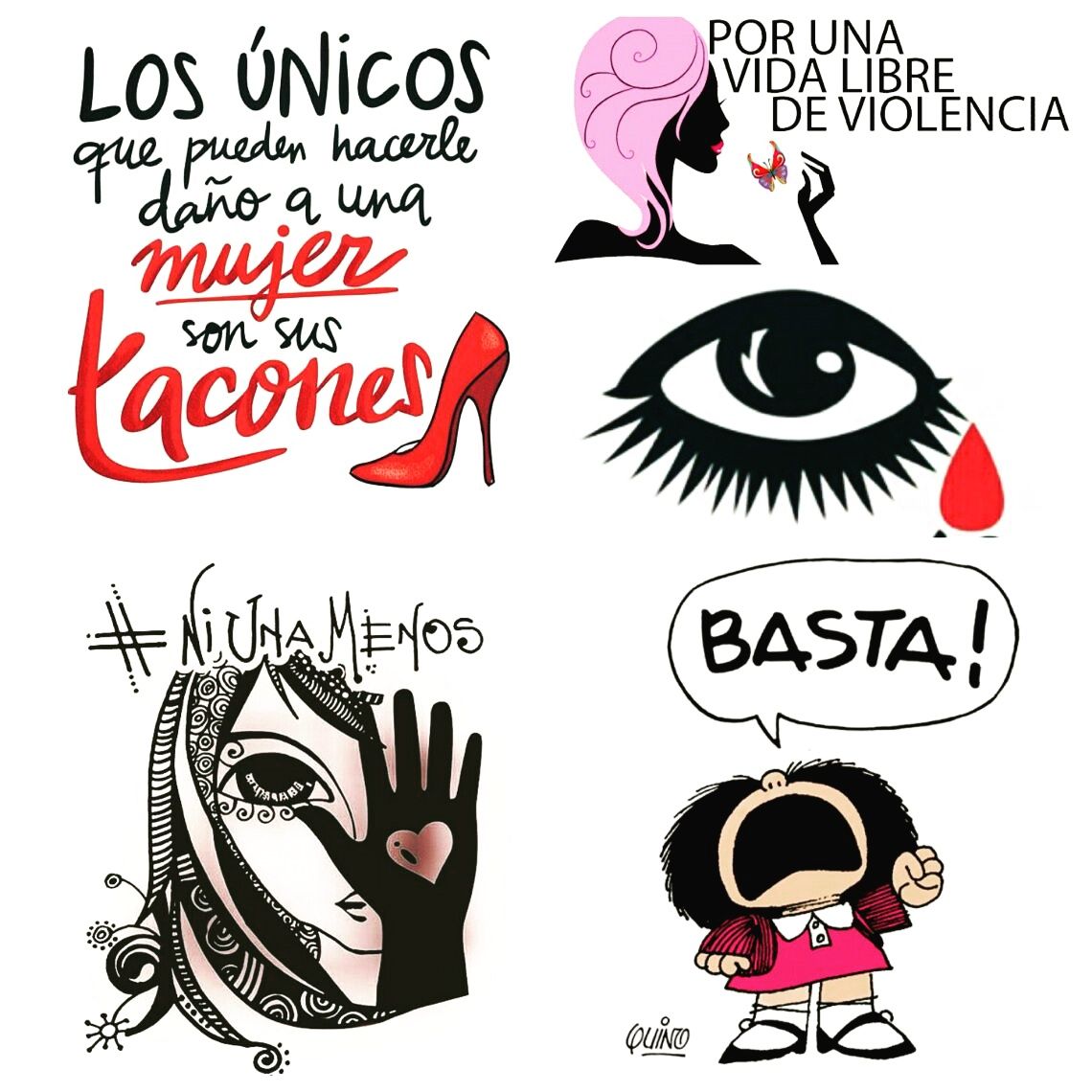

In four years, the death toll in the city amounted to 10,882, with 3,622 bodies in 2010. As the criminal organizations began recruiting local gangs for their enforcement strategies, the violence soon spiraled beyond the context of the drug trafficking industry, generating mayhem and social decay throughout Ciudad Juárez.

I suggest that critical theory, in particular feminist analysis, provides a better conceptual tool for understanding the nature and causes of violence against women in Ciudad Juárez.ĭuring the years 2008-2012, the El Paso, Texas-Ciudad Juárez, Chihuahua border region between the United States and Mexico saw a wave of violence that occurred as a result of the so-called “drug war” between the Juárez and Sinaloa drug cartels. In this article, I explore the historiography of these debates and place the revisionist analyses within a larger debate about the utility of empiricist approaches as a primary instrument of social explanation. These revisionist approaches dismiss those who frame the murders as feminicides as either shoddy researchers or opportunists. More recently, a number of journalists and scholars have challenged that approach, arguing that the death of women in Juárez did not arise from any gender specificity, and that they could only be understood by reference to the more numerous murders of men in the region. A first generation of writers studying the murders largely analyzed them within this gender-based, feminicide framework. Analysis of the murders also ignited heated debates within academic and journalistic communities. The accumulating, gender-based murders generated a vibrant anti-feminicide movement and captured public interest far beyond the transborder region. Nearly a quarter of a century has passed since activists first denounced as “feminicides” the murders of women and girls occurring with alarming frequency around Ciudad Juárez, Mexico.


 0 kommentar(er)
0 kommentar(er)
